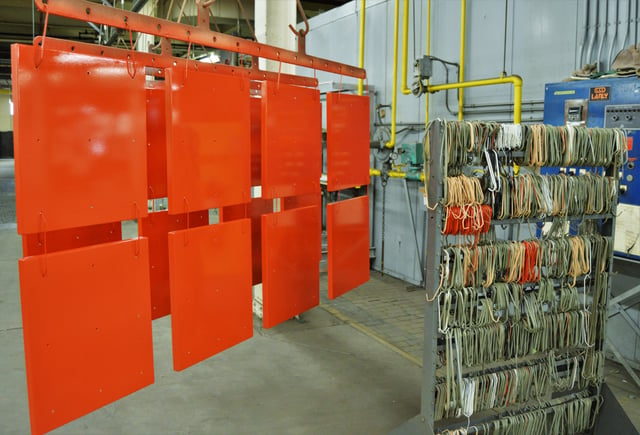 Cell manufacturing is a concept that shares core values with VAVE engineering. It's extremely similar to lean manufacturing and, as a result, it shares many of the same ideas. However, the difference lies in how it approaches the production process.
Cell manufacturing is a concept that shares core values with VAVE engineering. It's extremely similar to lean manufacturing and, as a result, it shares many of the same ideas. However, the difference lies in how it approaches the production process.
Cell manufacturing uses a more systematic and broken-down method, which works to deconstruct the product into various pieces that can be produced discreetly in a specific sequence.
This method has become popular for factories working toward faster output times, and it can be used on both large and small scales. The primary benefits of this process are that the cell created will help:
- Reduce used floor space
- Minimize delays and hand-offs in the value stream
- Improve communication in between the process steps
VAVE Engineering: Understanding the Cell
To implement a cell manufacturing process, you begin by splitting the production process into sensible steps.
This doesn't mean breaking it into the most fundamental steps, but instead, organizing the steps into groups that make sense based on the complexity of what has to be done, and the communication necessary between separate units.
It is best to create a value stream map that shows all the required steps. This shows the highest level of value for customers based on the service or product being requested from your company. Take each department and people in the value stream, and then bring them together into a single area -- i.e., the cell.
Selecting the Layout for Your Cell
Selecting the proper layout is just as crucial as making sure the cell is split properly to begin with. The most common layouts to consider include:
- Straight Line: Basic and to the point. Used to break down longer chains of processes into shorter, more manageable steps.
- U-shaped: Essentially a straight line that does a 180-degree turn and goes back to the starting point. Ideal for when a single department is used for shipping and handling.
- Serpentine: More complex and involves both U-shaped and straight-line layouts. Necessary when one cell has to communicate with nearby cells. Proper supervision is needed for success.
- Circular: Combines the start and end points and can grow in any direction.
Refining Your Cell
It is important to revise the layout and design of your cell manufacturing process regularly and try to find alternatives that may improve the flow of production. Additionally, factors such as the skills of workers may change over time, which could change the layout needed for your cell.
The development of the cell manufacturing process is due to the desire to think analytically and break processes into easier components that can be reorganized, analyzed and changed.
When applied properly, you can reach a level of better production and output numbers, while creating more modular production facilities that are open to expansion in the future.



